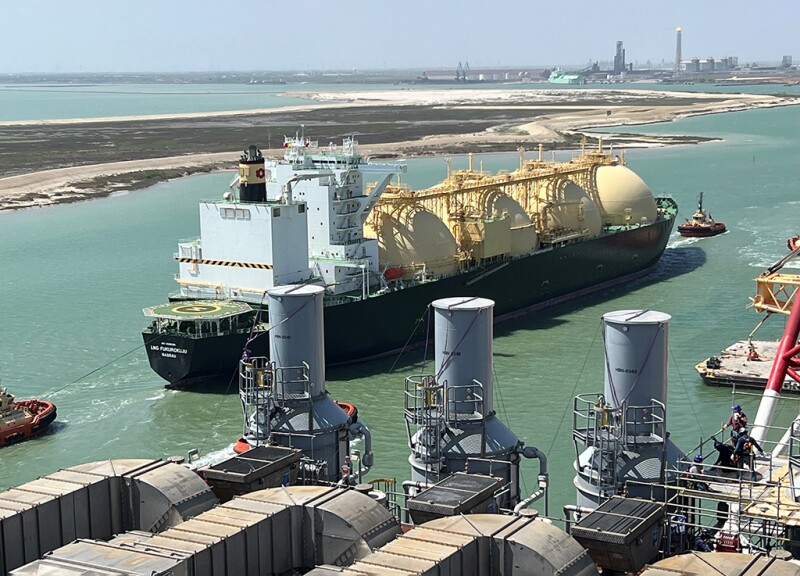The US is poised to retake the crown from Australia as the world’s top LNG exporter, a title the country held briefly in 2022 before Freeport LNG went offline due to a fire in June 2022. Freeport LNG recently began supplying cargoes again and may be up to full speed during the second half of this year. In 2021, the US was third in exports behind Australia and Qatar, which sold about 10.5 Bcf/D and 10.1 Bcf/D of gas as LNG, respectively.
According to the US Energy Information Administration (EIA), the US began exporting LNG in February 2016, and within 7 years developed the world’s largest LNG export capacity with seven LNG export facilities totaling 13.9 Bcf/D of peak production capacity.
US LNG exports exceeded pipeline exports of natural gas for the first time on an annual basis in 2021. Monthly LNG exports set new records throughout 2021 and averaged 11.3 Bcf/D during that winter, 2.2 Bcf/D more than the previous winter. In March 2022, US LNG exports reached a new high of 11.9 Bcf/D.
US exports will be further bolstered by new projects moving forward. According to the US Energy Department (DOE), there are currently five export terminals that have received regulatory approvals and are under construction with another dozen either expansion or greenfield projects that have received regulatory clearances but have yet to break ground.
Analysts at Wood Mackenzie see a massive investment opportunity for this next wave of US LNG terminals and predict three new projects with a total capacity of over 34 mtpa could start up as soon as 2024—New Fortress Energy’s Louisiana FLNG, Venture Global’s Plaquemines LNG Phase 1, and ExxonMobil/QatarEnergy’s Golden Pass LNG. Another dozen or so projects could find their way to first cargoes by 2028.
If the majority of these projects proceed to final investment decision (FID), the market could see a $100-billion infusion over the next 5 years, with three quarters of that investment coming in pre‑FID projects, according to Wood Mackenzie.
Planned liquefaction terminals range from additional trains on existing plants to ground-up projects, which even includes a pair of offshore ports utilizing FLNG vessels.
While the outlook for the US LNG export market looks strong, inflationary issues are threatening to take the bloom off the rose.


